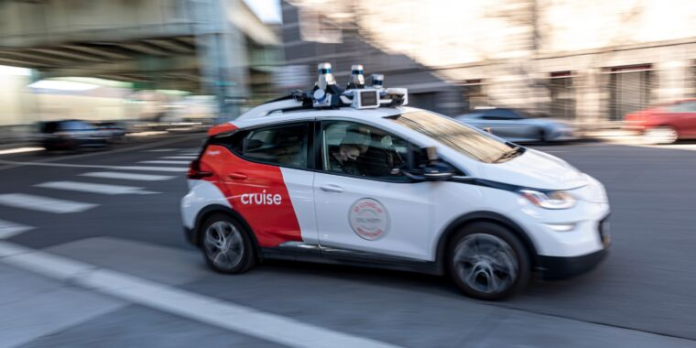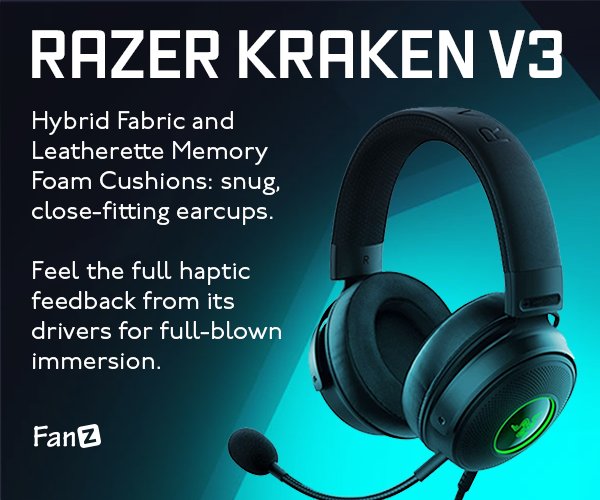The National Highway Traffic Safety Administration is looking into Cruise’s robotaxis after several crashes involving the autonomous vehicles being rear-ended. NHTSA’s Office of Defects Investigation has opened an investigation into the General Motors-backed autonomous driving startup’s automated driving system and a possible propensity to brake inappropriately hard if another vehicle approaches quickly from behind. NHTSA’s ODI is also looking into incidents where Cruise’s AVs have stopped and become immobile road hazards.
Cruise is one of the leading AV developers, and along with Alphabet’s Waymo, it has deployed actual driverless robotaxis, albeit on a small scale so far. It’s developing a futuristic box-on-wheels called the Origin, which it hopes to have running on the road sans steering wheel in 2023. But for now, the company is testing on the streets of San Francisco with modified Chevrolet Bolt EVs.
There have been a few scrapes and bumps along the way, and earlier this year, footage went viral of a Cruise AV appearing to drive away from a traffic stop after being pulled over for not having its headlights on at night.
In August of this year, Cruise had to recall 80 automated driving system-equipped vehicles due to the potential for the software to hard-brake when performing an unprotected left turn.
Cruise says this only happened once out of more than 123,560 unprotected left turns, but “as the Cruise AV turned left and began traversing the intersection, the Cruise AV predicted that the oncoming vehicle, which was traveling approximately 40 mph in the 25 mph right-turn lane, would turn right and directly into the path of the Cruise AV. After the Cruise AV braked to avoid colliding with the front end of the oncoming vehicle, the oncoming vehicle suddenly moved out of the right-turn lane and proceeded straight through the intersection, colliding with the rear right quarter panel of the Cruise AV.”
Advertisement
As an aside, this is in fact a real-world example of the trolley problem, in that the AV “had to decide between two different risk scenarios and chose the one with the least potential for a serious collision at the time, before the oncoming vehicle’s sudden change of direction,” according to the NHTSA safety recall report.
The new investigation affects 242 vehicles and follows three reports of hard braking maneuvers following another car approaching quickly from behind. NHTSA says that in each case, the other road user rear-ended the Cruise AV.
Additionally, NHTSA says it has received multiple reports of Cruise AVs becoming stranded on the road, which is dangerous to any passengers onboard who might have to evacuate a car blocking a road or junction and to other road users who now have to negotiate a new, car-sized obstacle in their path.
NHTSA says its preliminary investigation will “determine the scope and severity of the potential problem and fully assess the potential safety-related issues posed by these two types of incidents. ODI’s assessment will include the commonality and safety logic of the hard braking incidents.”




